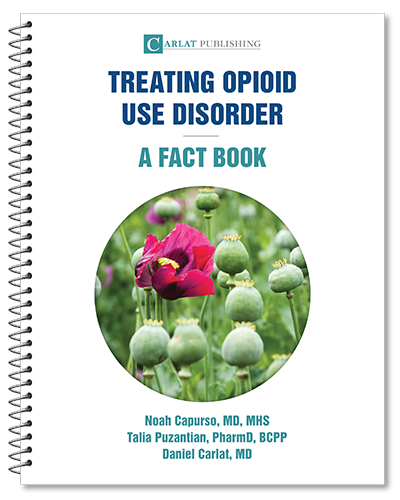Addiction Treatment
Helping Patients With Stigma and Addiction
 John F. Kelly, PhD
Dr. Kelly is the Elizabeth R. Spallin Associate Professor of Psychiatry in Addiction Medicine, Harvard Medical School. He is also founder and director of the Recovery Research Institute, Massachusetts General Hospital.
Dr. Kelly has disclosed that he has no relevant financial or other interests in any commercial companies pertaining to this educational activity.
John F. Kelly, PhD
Dr. Kelly is the Elizabeth R. Spallin Associate Professor of Psychiatry in Addiction Medicine, Harvard Medical School. He is also founder and director of the Recovery Research Institute, Massachusetts General Hospital.
Dr. Kelly has disclosed that he has no relevant financial or other interests in any commercial companies pertaining to this educational activity.
Interventions for Treatment or Prevention of Alcohol Hangover: Systematic Review
Adam Strassberg, MD
Dr. Strassberg has disclosed that he has no relevant financial or other interests in any commercial companies pertaining to this educational activity.
Read More
Neurostimulation for Opioid Withdrawal Symptoms
Rehan Aziz, MD
Dr. Aziz has disclosed that he has no relevant financial or other interests in any commercial companies pertaining to this educational activity.
Read More
Substance Use in Pregnancy: What to Tell Patients
Cresta Wedel Jones, MD, FACOG
Maternal-fetal medicine physician and assistant professor at the University of Minnesota Medical School.
Dr. Jones has disclosed that she has no relevant financial or other interests in any commercial companies pertaining to this educational activity.
Read More


_-The-Breakthrough-Antipsychotic-That-Could-Change-Everything.jpg?1729528747)



